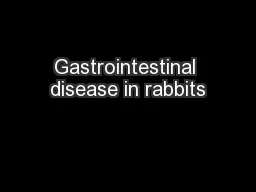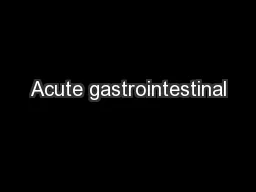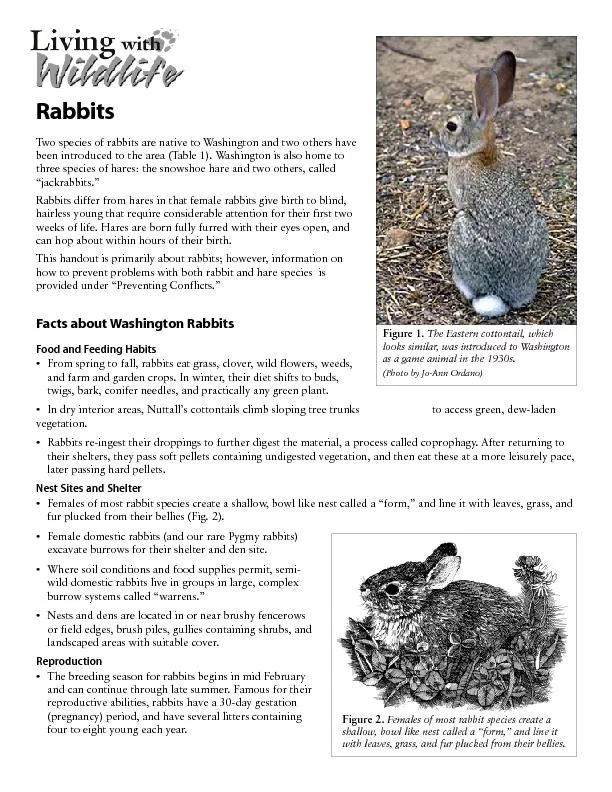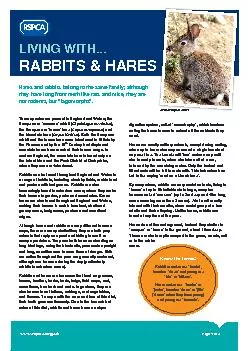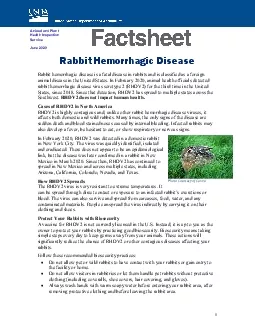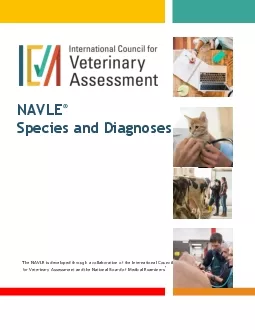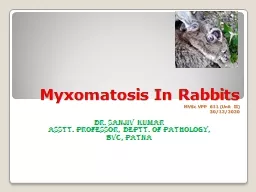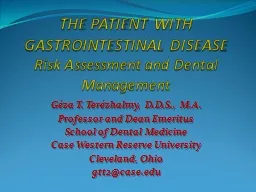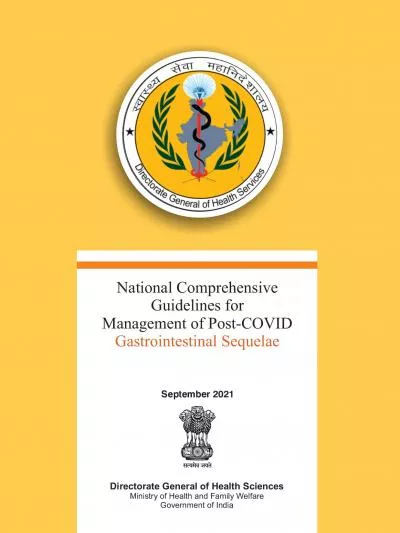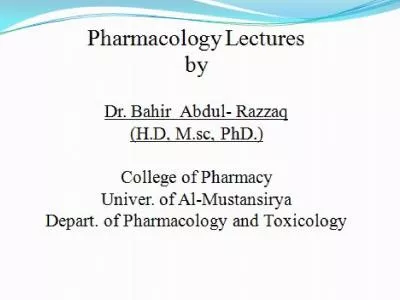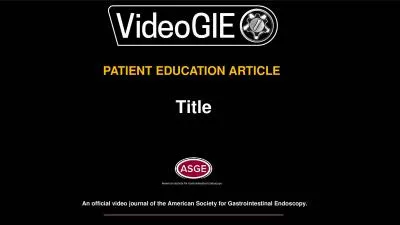PPT-Gastrointestinal disease in rabbits
Author : yoshiko-marsland | Published Date : 2017-08-07
One of the most common disease conditions that we see in our domesticated rabbits Overview Gastrointestinal problems with rabbits involve decreased motility
Presentation Embed Code
Download Presentation
Download Presentation The PPT/PDF document "Gastrointestinal disease in rabbits" is the property of its rightful owner. Permission is granted to download and print the materials on this website for personal, non-commercial use only, and to display it on your personal computer provided you do not modify the materials and that you retain all copyright notices contained in the materials. By downloading content from our website, you accept the terms of this agreement.
Gastrointestinal disease in rabbits: Transcript
Download Rules Of Document
"Gastrointestinal disease in rabbits"The content belongs to its owner. You may download and print it for personal use, without modification, and keep all copyright notices. By downloading, you agree to these terms.
Related Documents

